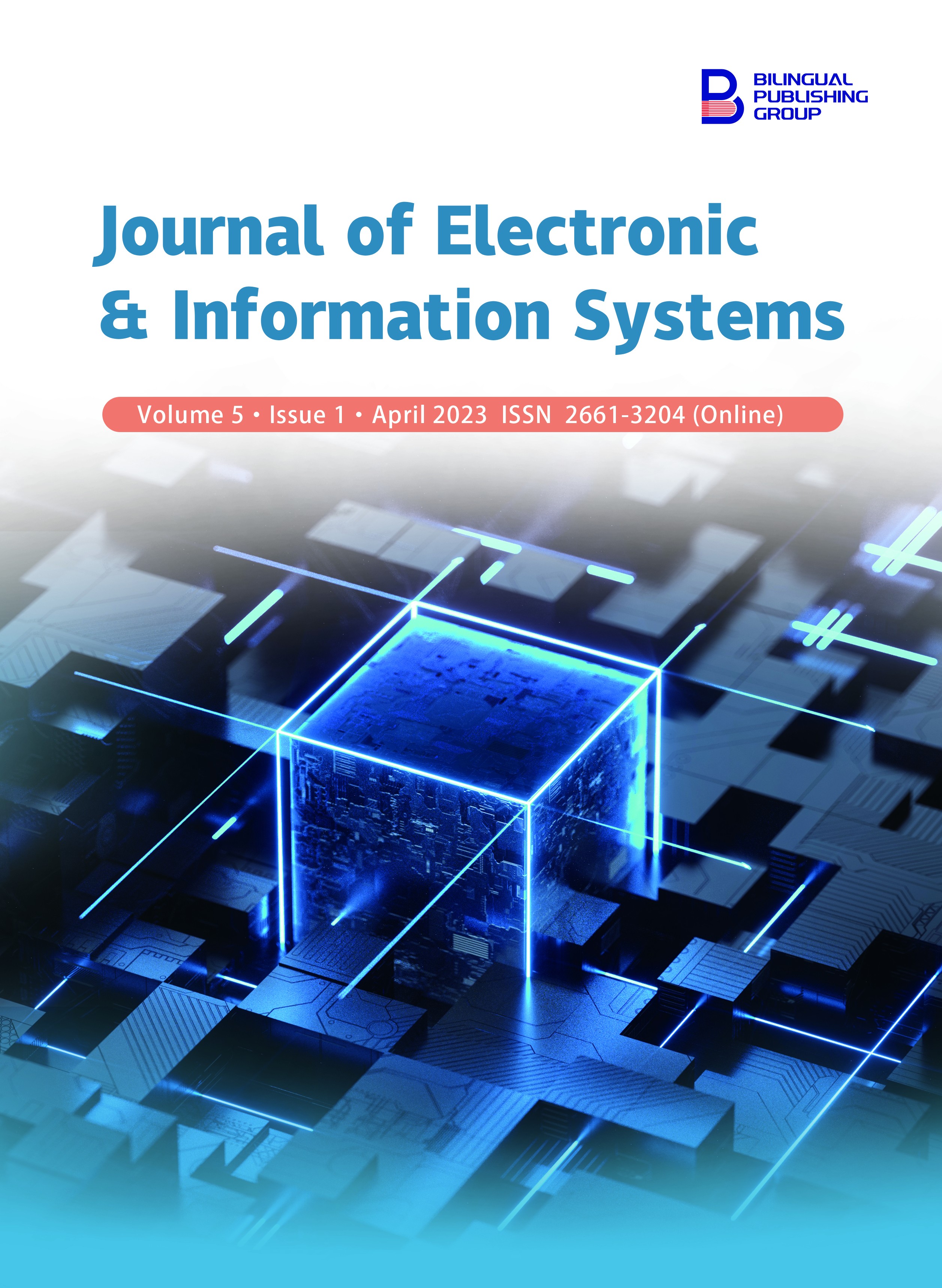The Refractive Effect of k-Factor on Radio Propagation over Lokoja, Nigeria
DOI:
https://doi.org/10.30564/jeis.v5i1.5583Abstract
The effective earth radius factor (k-factor) has a refractive propagation effect on transmitted radio signals thus making its study necessary for the proper planning of terrestrial radio links and power budget. This study was carried out over the city of Lokoja, Nigeria, using ten years (2011 to 2020) atmospheric data of temperature, pressure and humidity both at the surface (12 m) and at 100 m AGL. The data were retrieved from European Centre for Medium-Range Weather Forecasts (ECMWF) ERA5. The k-factor yearly variation follows the same trend with minimum and maximum values obtained during dry and wet season months respectively. In addition, the highest mean value of 1.00042 was recorded in the month of August while the lowest value of 1.00040 was recorded in the month of January with an overall mean value of 1.0003. This value is less than the recommended standard of 1.33 by ITU-R. The propagation effect corresponding to k < 1.33 is sub-refractive. The implication of this on radio wave propagation, especially terrestrial communications is that transmitted wireless signal is prone to losses. This can be mitigated through an effective power budget: Choice of transmitting antenna’s height and gain, so as to improve the Quality of Service over the study area.
Keywords:
Effective earth radius factor (k-factor); Refractive effect; errestrial radio link; Radio signal; Power budgetReferences
[1] Akinbolati, A., Akinsanmi, O., Ekundayo, K.R., 2016. Signal strength variation and propagation profiles of UHF radio wave channel in Ondo state, Nigeria. International Journal of Microwave and Wireless Technologies. 6(4), 12-27. DOI: https://doi.org/10.5815/ijwmt.2016.04.02
[2] Akinbolati, A., Agunbiade, O.J., 2020. Assessment of error bounds for path loss prediction models for TV white space usage in Ekiti State, Nigeria. International Journal of Information Engineering and Electronic Business. 10(3), 28. DOI: https://doi.org/10.5815/ijieeb.2020.03.04
[3] Akinbolati, A., Ajewole, M.O., 2020. Investigation of path loss and modeling for digital terrestrial television over Nigeria. Heliyon. 6(6), e04101. DOI: https://doi.org/10.1016/j.heliyon.2020.e04101
[4] Ojo, J.S., Ojo, O.L., Akinyemi, P., 2019. Characterization of secondary radioclimatic variables for microwave and millimeter wave link design in Nigeria. Indian Journal of Radio & Space Physics (IJRSP). 46(3), 83-90.
[5] Ukhurebor, K.E., Odesanya, I., 2019. Relationship between meteorological variables and effective earth radius factor over Auchi, Edo State, South-South, Nigeria. Covenant Journal of Physical and Life Sciences (Special Edition). 7(1).
[6] Abu-Almal, A., Al-Ansari, K., 2010. Calculation of effective earth radius and point refractivity gradient in UAE. International Journal of Antennas and Propagation. 245070.
[7] International Telecommunications Union, Radio Study Group (ITU-R), Recommendation on Radio refractivity, ITU-Rec. P. 453(2003-2019). https://www.itu.org/rec.p.453
[8] Adediji, A.T., Ajewole, M., 2008. Vertical profile of radio refractivity gradient in Akure SouthWest Nigeria. Progress in Electromagnetics Research C. 4, 157-168.
[9] Okoro, O.N., Agbo, G.A., 2012. The effect of variation of meteorological parameters on the tropospheric radio refractivity for Minna. Global Journal of Science Frontier Research Physics & Space Science. 12(2).
[10] Oyedum, O.D., Igwe, K.C., Eiche, J.O., et al., 2009. Reduced-to-sea-level refractivity in Minna, Central Nigeria. Natural and Applied Science Journal. 11(2), 1-5.
[11] Ayantunji, B.G., Okeke, P.N., Urama, J.O., 2011. Diurnal and seasonal variation of surface refractivity over Nigeria. Progress in Electromagnetics Research B. 30, 201-222.
[12] Okpani, P.E., Nwofe, P.A., Chukwu, N.O., 2015. Effect of secondary radioclimatic variables on signal propagation in Nsuka, Nigeria. International Research Journal of Natural Sciences. 3(2), 9-17.
[13] The European Centre For Medium-Range Weather Forecasts (ECMWF) ERA5, 2021. Available from: https://www.ecmwf.int/en/forecasts/dataset/ecmwf-reanalysis-v5
[14] Ajayi, G.O., 1989. Physics of the tropospheric radio propagation. Proceeding of the ICTP College on Theoretical and Experimental Radio Propagation Physics; 1989 Feb 6-24; Trieste, Italy. p. 54.
Downloads
How to Cite
Issue
Article Type
License
Copyright © 2023 Akinsanmi Akinbolati, Florence N. Ikechiamaka, Akogwu O. Isaiah

This is an open access article under the Creative Commons Attribution-NonCommercial 4.0 International (CC BY-NC 4.0) License.




 Akinsanmi Akinbolati
Akinsanmi Akinbolati





